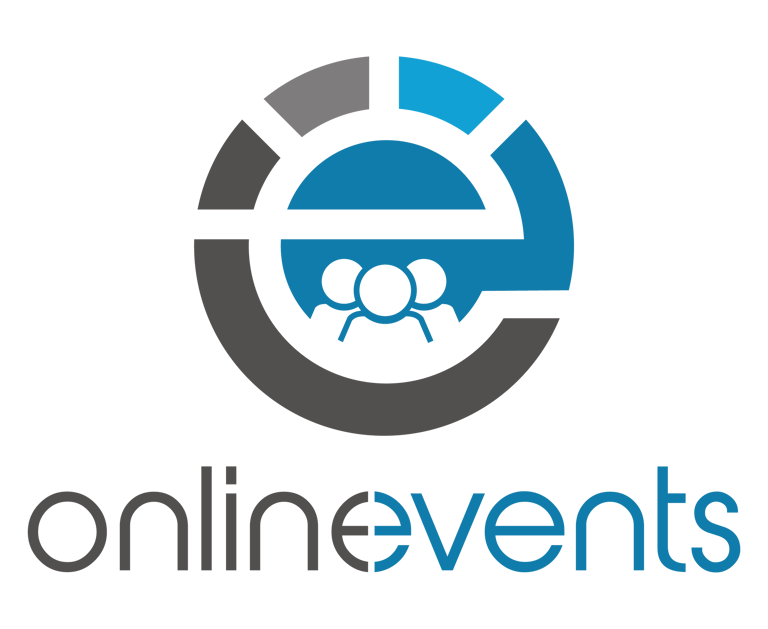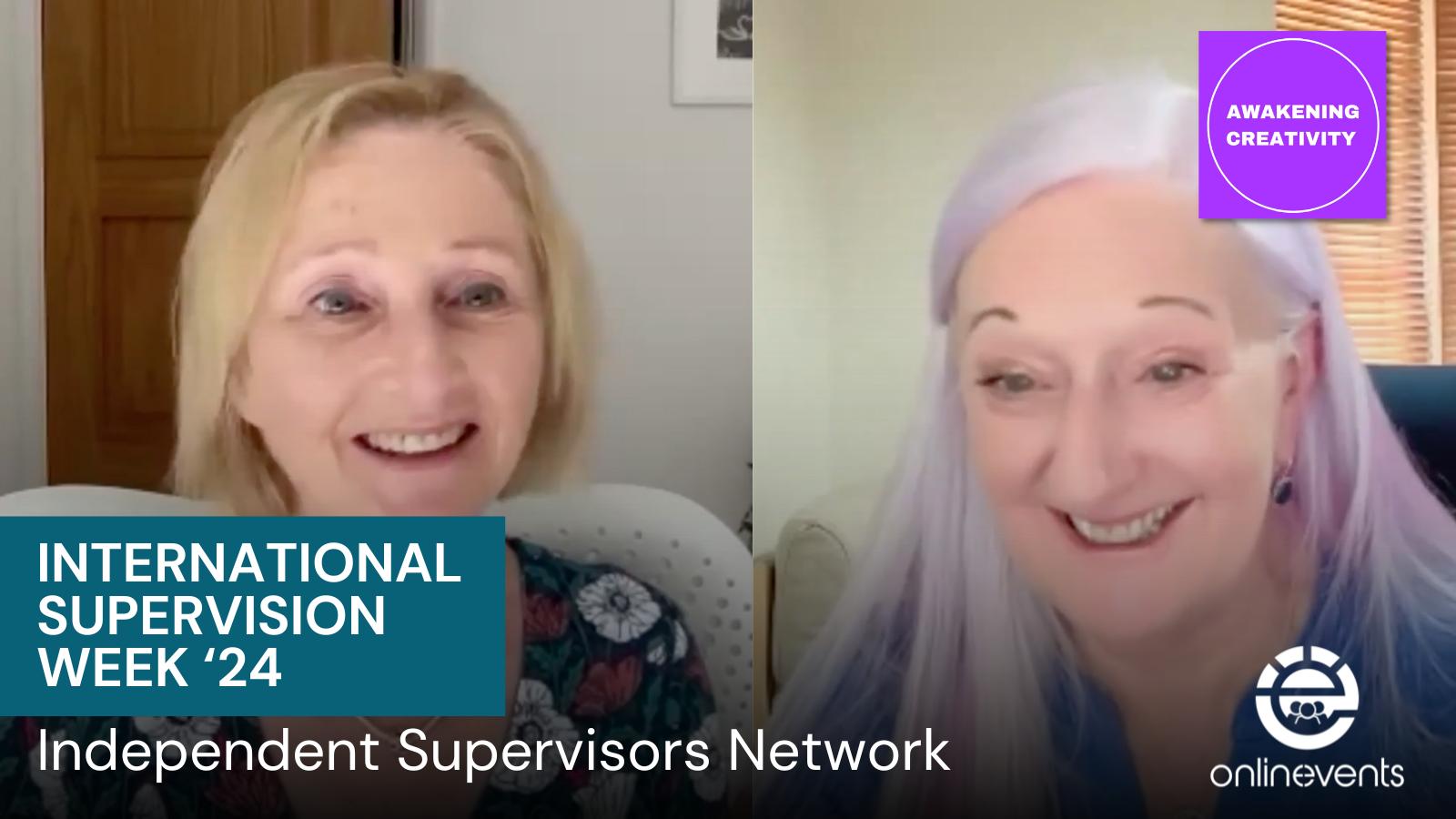Supervision is indeed a rich environment where both the supervisor and supervisee can glean valuable insights. It’s a journey into the heart of their relationship, where words are just the beginning.
The language of the supervisee, and their use of metaphors, is as significant as it would be for a client. Consider the metaphorical notion of feeling ‘boxed in’ – each listener paints a unique scene, with its own colours, shapes and sentiments. This metaphor unveils layers of meaning, from a sense of confinement to frustration from a belief of limited options.
As a supervisor, abstaining from interpreting the supervisees meaning is paramount. Instead, it’s helpful to provide an opportunity to reflect more deeply on their topic that will enable them to understand more about their unconscious thoughts and beliefs, and this can be achieved through methods other than language.
Our communication after all transcends mere language; creative representations of our emotions, desires and hopes is a tradition as old as humanity and serve as a window into the inner workings (Jung’s ‘inner city’) of our experiences, allowing us to navigate through the landscapes of our minds.
Supervisees can be encouraged to delve into their experiences and express them through imagery. This process not only deepens their understanding but also cultivates personal growth and self-awareness.
Various tools and creative techniques can be used to facilitate this exploration but in this session we’ll focus on the use of pencils, crayons and fabrics. We’ll review where supervisees have created their own representation of the topic they have brought to supervision and how it has helped provide invaluable insights and opportunities for learning and reflection.
One example that will be discussed will be a practitioner who believed she was self-sabotaging her client work. We’ll explore how working creatively developed a new understanding of ‘self-sabotage’ and how her awareness changed her approach.
Learning Objective Participants Can Expect From This Event:
- Understand how creativity can be used in supervision
- How metaphors can unveil layers of unconscious hidden meaning
- How working creatively deepens understanding and cultivates personal growth and self-awareness
Who is This Workshop Appropriate For?
- Supervisors, trainee supervisors and practitioners interested in supervision and / or creativity.
How May This Workshop Impact Your Practice?
- Provide a different modality of working
Course Content
Organisation
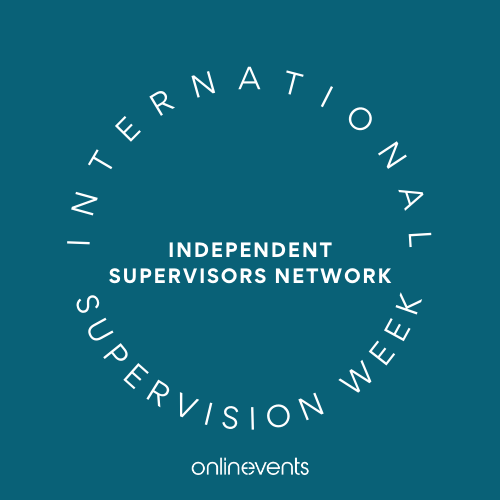
Independent Supervisors Network hosts International Supervision Week with Onlinevents
Presenter

We have worked together for many years and through our work, research and 50+ years of collective experience, our philosophy has taken shape. Together we have designed and developed ‘The ChrisLin Method’ which is a simple and effective way of working creatively with clients…….. Click the website button to read more
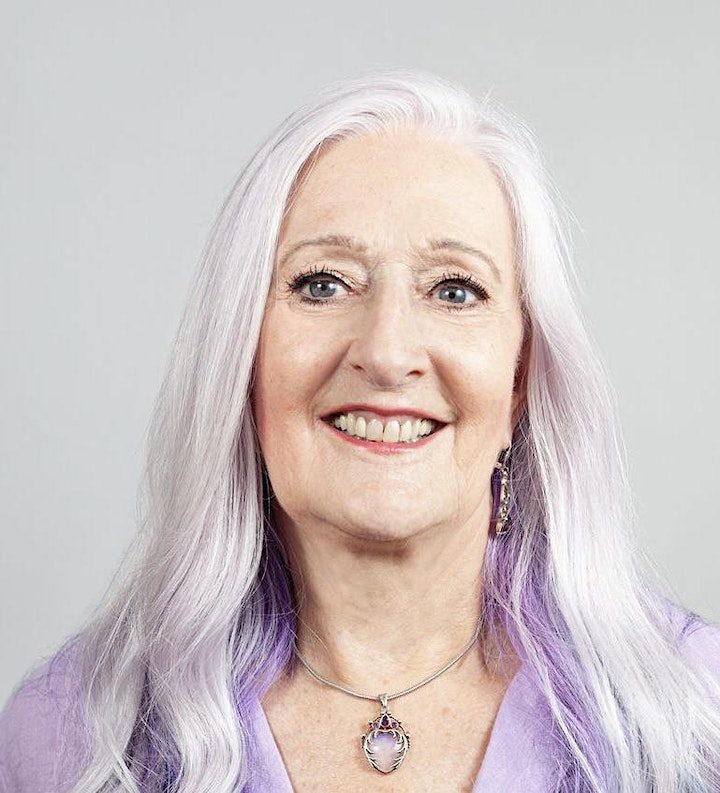
Christina trained as a humanistic psychologist and counsellor in the early 1980′s and then went on to develop skills in Art Therapy and sand play, and became a NLP Trainer, hypnotherapist and a Clean Language and Symbolic Modelling Practitioner. Christina brings a deep understanding of the structure of clients thinking and over 35 years’ experience to the ChrisLin Method. She has worked as a counsellor, personal coach, team consultant and executive development coach and today she is a Coach Supervisor, Executive and Leadership coach and works with individuals using her unique 2-day Chrysalis process.
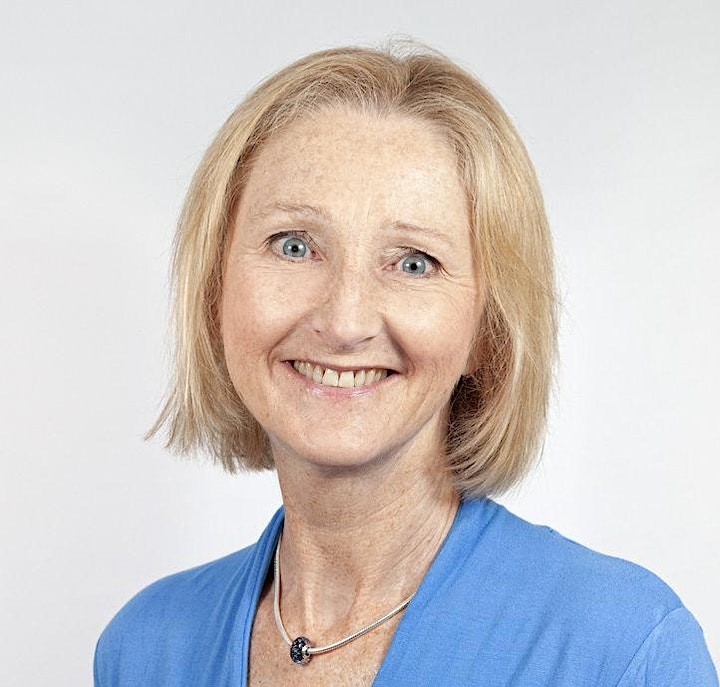
Lindsey found her real calling and moved from a career in the Tech sector in Sales and HR to qualify as an NLP practitioner, trained in many approaches including Clean Language, Transactional Analysis, CBT and Motivational Interviewing and is CIPD qualified. Her work is highly influenced by Bessel van der Kolk, Peter Levine and Stephen Porges and she brings her knowledge of systemic processes and coaching skills to co-develop the creative interventions of the ChrisLin Methods. Today she works with corporate and private clients who are at a significant crossroads in their lives, including those who are Neurodiverse.
Christina and Lindsey are co-authors of The ChrisLin Method, 5 Steps for Working with Imagery and Metaphor.
